How New York City Can Create Genuinely Affordable Housing
The city should focus its resources where the need is greatest: subsidized housing affordable to low-income New Yorkers, say experts.

Old and new housing in Williamsburg. Photo by Susan De Vries
While rents fell during the Covid pandemic, they climbed even higher two years later. While some contend what is needed to ease New York City’s affordable housing crisis is more units at any price point, others say the focus should be on creating housing affordable to those most in need, while still others say let’s build it all.
Leila Bezorg, New York City executive director for housing, cited the 1.4 percent vacancy rate, 120,000 people sleeping in shelters the prior night, and more than 50,773 homeless children last year as proof New York City is experiencing an unprecedented housing crisis.
“Unrelated to the federal government, the crisis has only gotten more serious,” she said at a March housing conference. “We have started to move away from either/or. We have a supply and demand problem.”
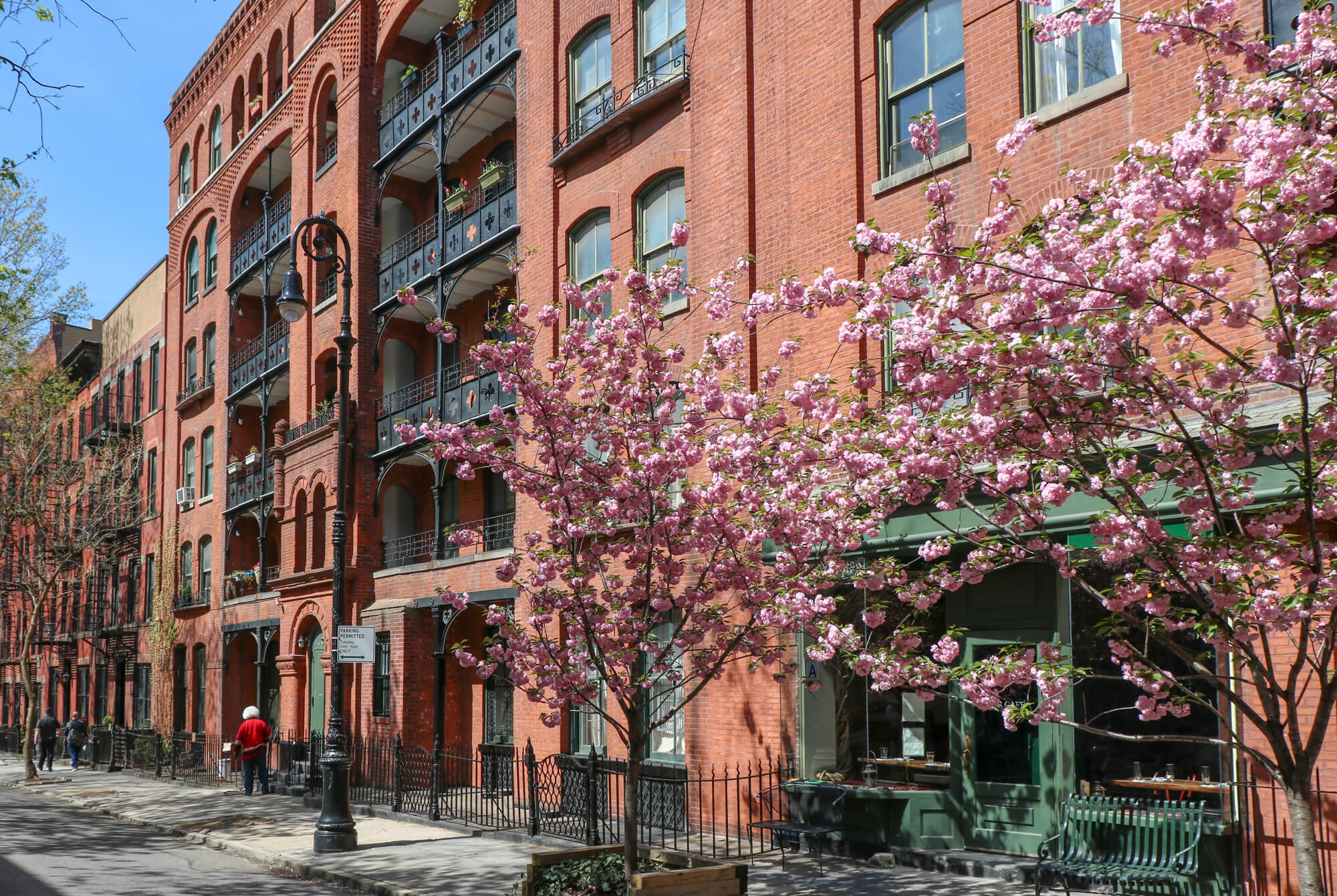
The shortage is most acute at the low end. More than half of the population is rent burdened, and the median household income is about half what would be needed to afford the median rent.
The median household income in New York City is $79,713 a year, according to the 2023 Census figures (the most recently available). Such a household could afford monthly rent of $1,992.825, according to the traditional formula (income equivalent to at least 40 times rent, or rent set at no more than 30 percent of income).
In 2023, the median asking rent for available apartments for all of NYC was $3,500 a month, according to a 2024 report from the NYC Comptroller. A household would need to make $140,000 a year to afford it. But many New York City households, including seniors, earn far less than the median. A significant number make less than $24,000 a year.

Recent city policy has been geared toward encouraging as much new construction through tax breaks and rezonings as possible. Brooklyn has even experienced a building boom at the same time as the population has dropped, but land values, rents, and home prices continue to climb.
Some advocates say building more units and deregulation will lead to lower housing costs, but this hasn’t panned out so far. (If it did, rents would have to fall to levels last seen some 20 years ago — presumably a financial catastrophe for developers.)
To create enough genuinely affordable housing — affordable to households making anywhere from zero to 60 percent of the Area Median Income, a range under market rate — subsidies are needed. The good news is New York City already does create fully subsidized and below market units available to seniors, formerly homeless, and working families every year. But the numbers are small, perhaps less than a few thousand units each year.
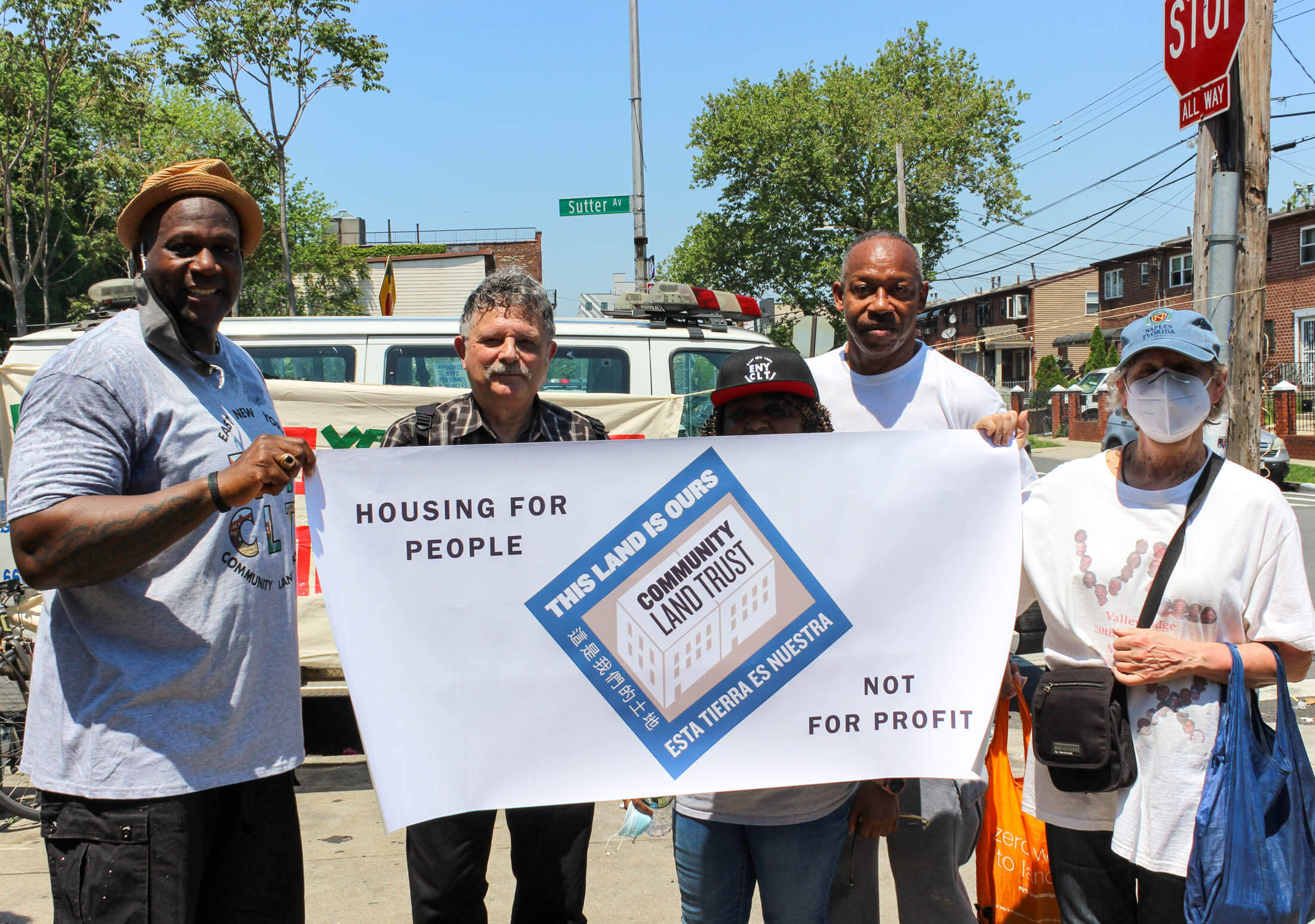
Here’s how New York City can create enough truly affordable housing to meet its needs, according to analysts, those working in affordable housing, and politicians.
Beyond tax breaks and low-interest loans, full funding for construction and conversion is needed to produce the amount needed of genuinely affordable housing. Estimates from mayoral candidates of how many units are required and could be produced over a 10-year period range from 200,000 to 1 million. The latter figure is about how many rent-regulated units have been lost over decades, primarily to vacancy decontrol and co-op conversions.
“They need more funding, they need to prioritize those kinds of projects when they have public land they’re going to develop on. That’s it,” said Samuel Stein, housing policy analyst at the Community Service Society. “Any housing can be deeply affordable as long as it’s subsidized to cover that cost.”
Sixty percent of Area Median Income is low “compared to where the term sheets are,” he said, but half the renters in New York City are earning less than 60 percent of AMI. “To give credit,” he added, “the Adams administration has built more very low income housing than previous administrations have. The city is not entirely on the wrong foot in trying to address this.”
In the same vein, nonprofit organization The Center for New York City Neighborhoods recommends increasing subsidies for new construction aimed at “actual New York City incomes” in its most recent report. “The subsidies the government provides developers to create affordable homes should be increased (on a per-unit basis) to incentivize developers to build more affordable units at lower price points.” This and other measures “will ensure that subsidized rents (and purchase prices) are set at rates that are affordable to New York City residents.”
Utilizing properties already owned by New York City eliminates the cost of acquisition, helping to lower the cost of projects.
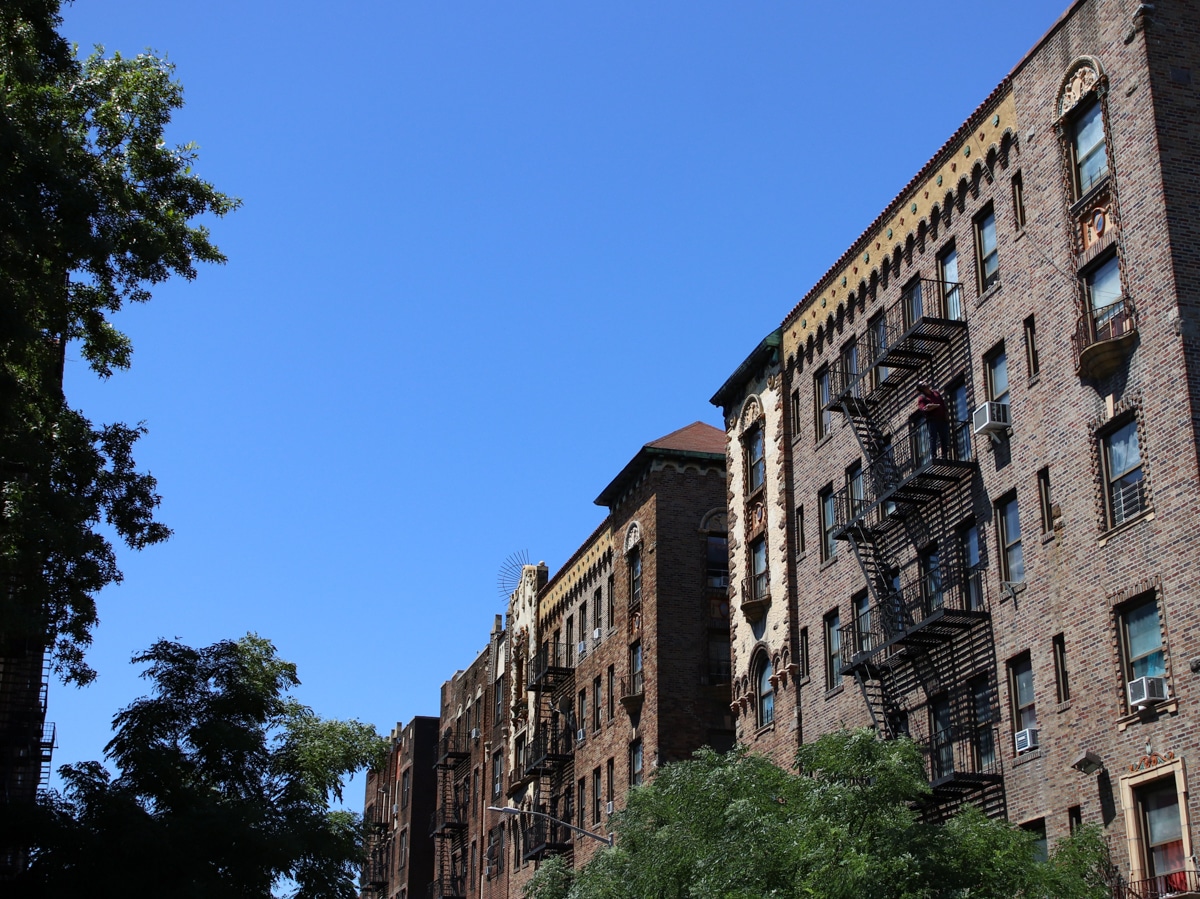
To boost its creation of below-market housing, New York will need more money. “There is a tremendous housing need, particularly for affordable housing,” said architect Mark Ginsberg at the Historic Districts Council’s annual conference in March. “There are lots of projects out there that are not moving ahead as quickly as we would like because the city doesn’t have enough money.”
Profit from an enterprise such as a public bank is one way to raise funds without increasing taxes. In France, state-owned bank profits are used to develop affordable housing and fund public art. In New York City, the Public Bank NYC Coalition is working to set up a municipal bank to fund low-income housing, development in the public interest, and other public goods. Bills have been introduced in the New York State Assembly and Senate, including Senate Bill S1754, that would authorize municipalities to run public banks.
The city should create a dedicated affordable housing fund, according to economist and founder of HumanScale New York Lynn Ellsworth. Mayoral candidate and former Manhattan Borough President and NYC Comptroller Scott Stringer proposes establishing a $500 million revolving loan fund for nonprofits and community organizations to create housing. Mayoral candidate and State Senator Zellnor Myrie wants to redirect funding from city shelter construction to creating 50,000 affordable permanent homes.
A variety of ideas for new taxes to support low-income housing have been floated over the years, including a pied-à-terre tax, mansion tax, half-cent city sales tax and, most recently, bringing back the stock transfer tax.
“We already have a large commitment to affordable housing but it’s going to have to be bigger if we’re going to hit those numbers,” said Stein.
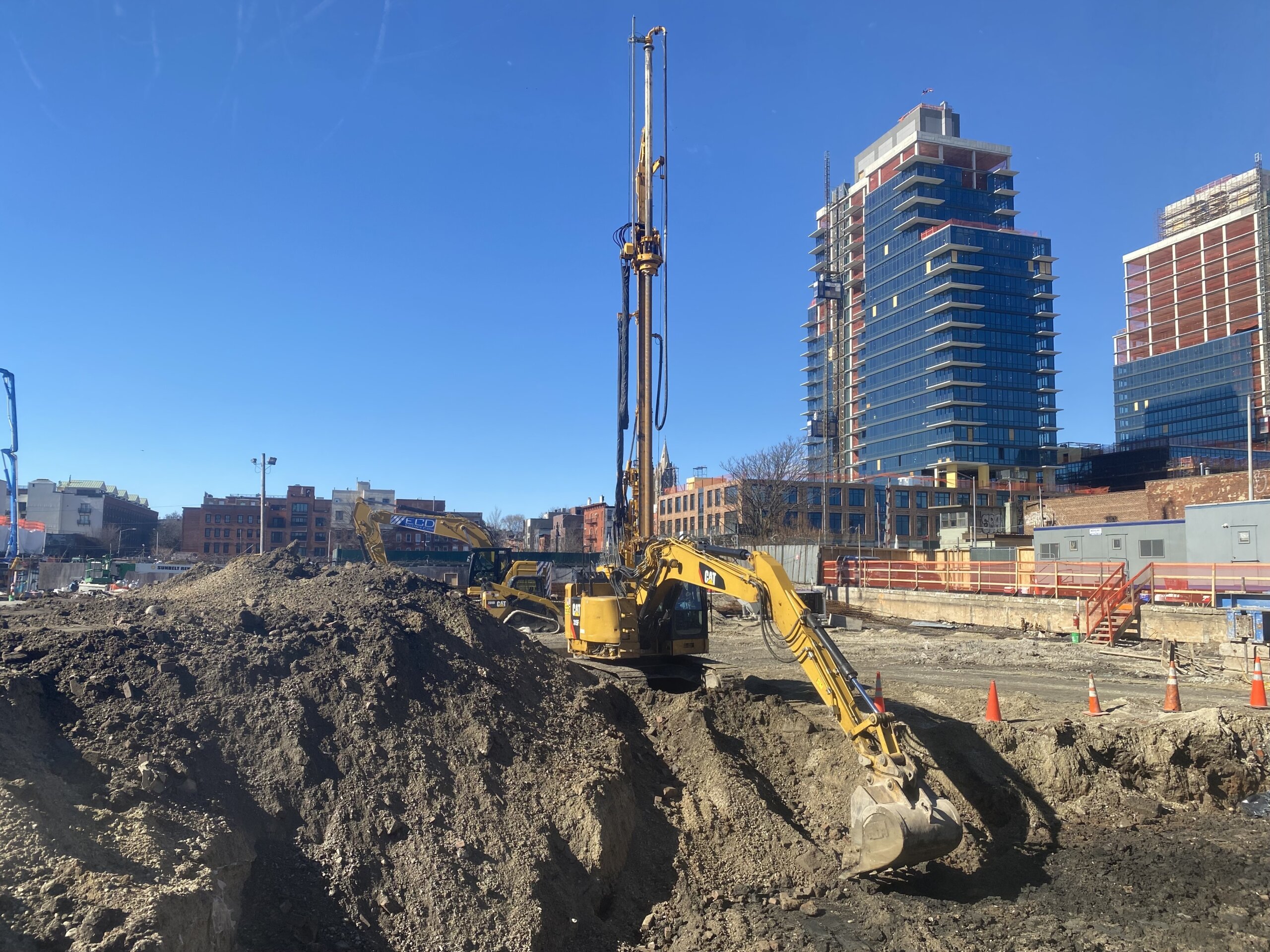
Owners of multi-family housing say steep property taxes threaten to put them out of business, while the state gives tax breaks to new market-rate construction. Offering tax breaks to landlords whose rent-stabilized buildings are in good repair can help preserve much-needed affordable housing.
Instead of letting buildings deteriorate while owners ignore fines, the city could take over apartment buildings from slumlords and landmarked buildings in severe disrepair as well as buildings headed to tax lien transfers. Instead of handing over the latter to private, for-profit developers, the city or nonprofits would help convert all three types of properties to permanently affordable rentals with tenant associations or owned low-equity HDFC co-ops. (As the city used to do in the 1970s and ’80s.)
Stringer, Ellsworth, and mayoral candidate and former City Council member and current Comptroller Brad Lander advocate variations of this approach, including Ellsworth’s suggestion the city build up a public land bank of such properties. Buildings whose conditions are so dire they are being run by court-ordered administrators number an estimated 10,000 with some 100,000 units, according to a 2022 report from the Community Service Society. Just converting those alone to permanently affordable HDFC co-ops would add a significant amount of low-income housing to the city.
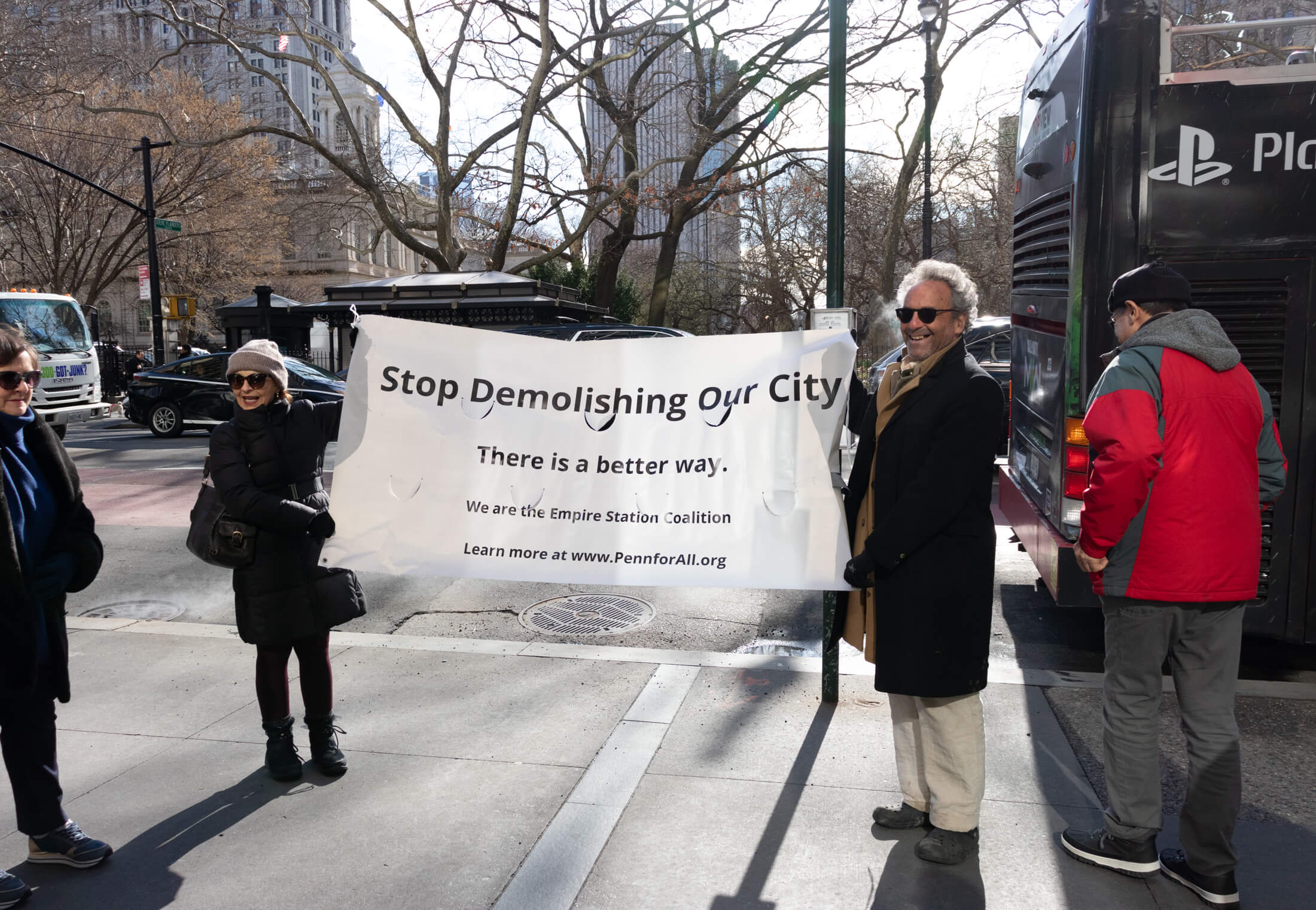
Eligible projects can tap into grants from the Preservation League of New York, federal and state tax credits, and the state’s NYSERDA sustainability program. For example, the Federation for Westside Senior and Supportive Housing is adapting 1920s dormitory-style housing at the landmarked Three Arts Club at 340 West 85th Street in Manhattan for low income seniors.
“Reusing our existing buildings is essential to our communities, to our sustainability goals, and to creating buildings we all want to live in,” said Jay DiLorenzo, president of the Preservation League of New York State at the HDC conference. “I can’t say enough about the climate impacts of reusing existing buildings.”
Preservationists rue the recent loss of midtown’s storied Hotel Pennsylvania, a prime candidate for conversion into affordable housing that was instead demolished to make way for a now abandoned office-tower development.
Bills at the city and state levels would give nonprofits and community land trusts the first rights to develop public land offered by the city as well as tenants the first rights to buy their building when it comes up for sale, said Stein. These are the groups — not for-profit companies — that are creating the deeply affordable housing, he added. The Tenant Opportunity to Purchase Act, or Senate Bill S221A, for example, gives tenants the right of first refusal and also the resources to convert their rental building into a limited equity co-op.

A state-level social housing development authority could develop permanently affordable housing (both new and converted), not unlike how the Mitchell Lama program was created decades ago. This can help lower housing costs by removing developer profit from projects.
“We need a social housing authority,” said New York State Senator Cordell Cleare at the HDC conference. “Don’t be afraid of the name ‘social,’ it’s OK. We need somebody whose job it is to develop affordable housing instead of running from developer to developer and none of it works. We need it to develop affordable housing for our low-income families and our seniors who need it.”
Lander, Stringer, and Myrie are among the mayoral candidates calling for tenant oversight and $40 billion in funding to repair and update NYCHA housing.
Lander proposes creating SROs with wraparound services in existing buildings for 2,000 New Yorkers with severe mental illness.
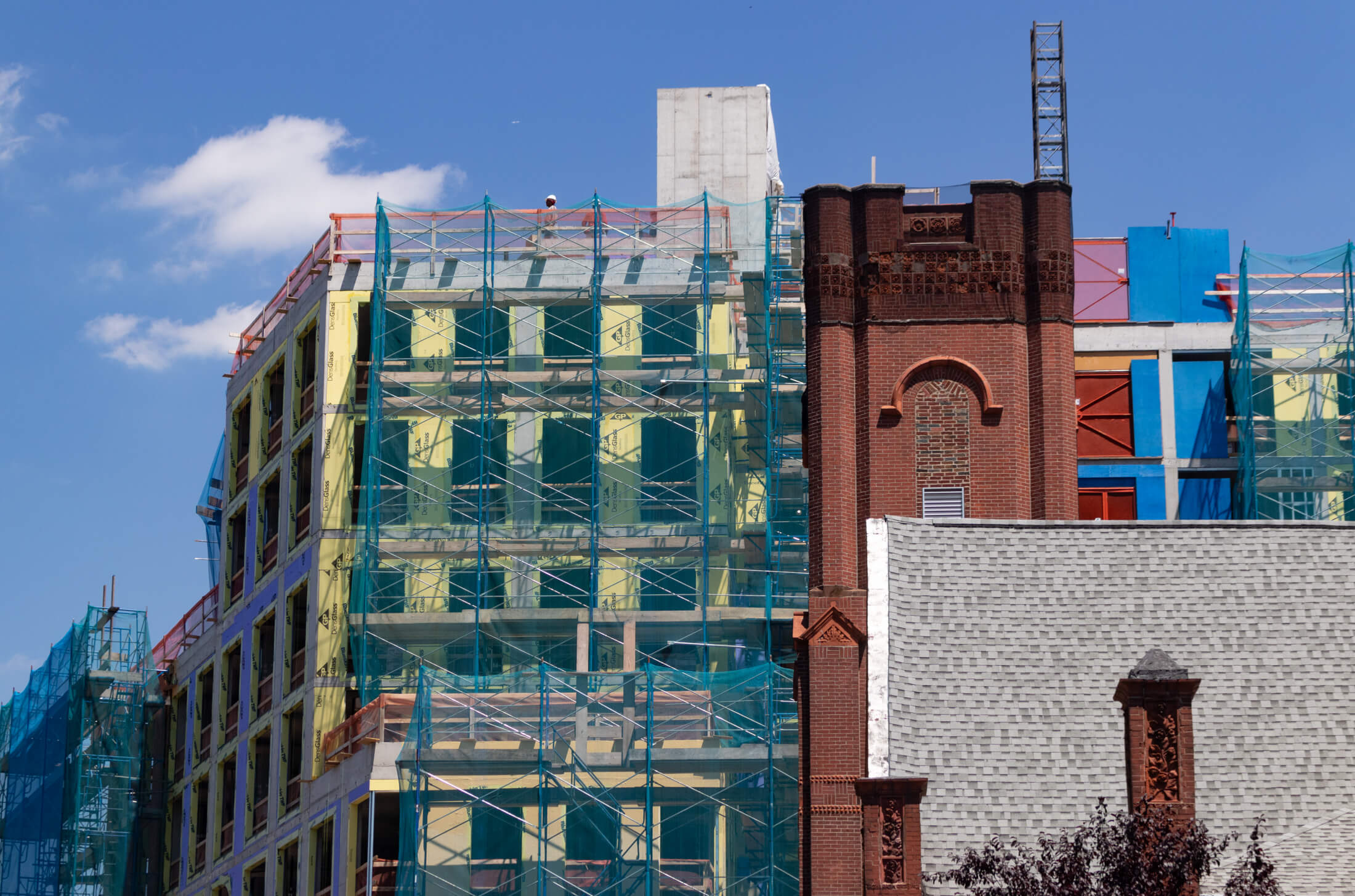
The city should focus on six- to eight-story buildings rather than taller ones because they are the most cost-effective to build, Ellsworth told Brownstoner. They also help protect the livability of our city, she added.
The city’s fully subsidized, 100 percent affordable buildings are typically well-designed low- and mid-rise structures. They sometimes incorporate Passive House construction techniques and solar power, which add to up-front construction costs but reduce operating costs. They are a familiar sight in areas of the city where land costs are lower, such as Ocean Hill, Brownsville, and East New York in Brooklyn.
Modular housing construction techniques can cut time and costs. The basic techniques, which work only for low- and mid-rise buildings, have been widely used for decades. Stringer suggests using modular construction to speed delivery and lower costs of affordable housing.

Developers could be required to create new rent-stabilized units equivalent to any destroyed by a given development. “We need to preserve as much rent stabilized housing as possible,” said Cleare. “For every unit destroyed, we need to create another with the same rent.”
Case in point: The dozens of affordable rent-regulated apartments at 402-406 Albee Square, home to hundreds of longtime tenants, that were demolished a decade ago to make way for luxury towers and a park in Downtown Brooklyn.
“We have systematically destroyed affordable housing in New York City,” said Ellsworth, who points out that higher incomes and property values mean higher tax revenues for the city.
Rezonings subsidize market-rate development, increase land values, and bring jobs. Thanks to the Mandatory Inclusionary Housing program, any new build that takes advantage of a rezoning is required to have deeper affordability than other types of private, for-profit development. Yet the low-income units produced through rezonings are few.
It’s rare that deals are struck to deepen affordability, and developers won’t build if they’re guaranteed to lose money. The recent Arrow Linen spot rezoning in Park Slope was an exception that mandates 40 percent of units be affordable to households earning 60 percent of the Area Median Income, thanks to community pressure and a developer who has owned the property for decades.
[Photos by Susan De Vries except when noted otherwise]
Related Stories
- What Is Affordable Housing?
- NYC Has More Housing Than Ever Before Yet It’s Still Not Affordable
- Despite Building Boom, Housing in Brooklyn Is Not Getting More Affordable
Email tips@brownstoner.com with further comments, questions or tips. Follow Brownstoner on X and Instagram, and like us on Facebook.





So long as there is a wide disparity between value and affordability, no government program can solve affordability through wealth transfer. Instead, it gives outsize windfalls to a select lucky few.
Build build build build build